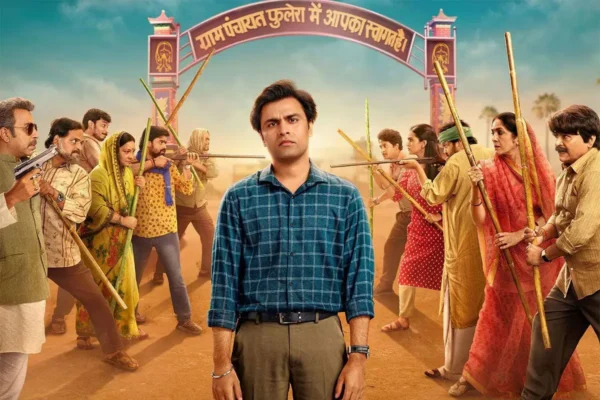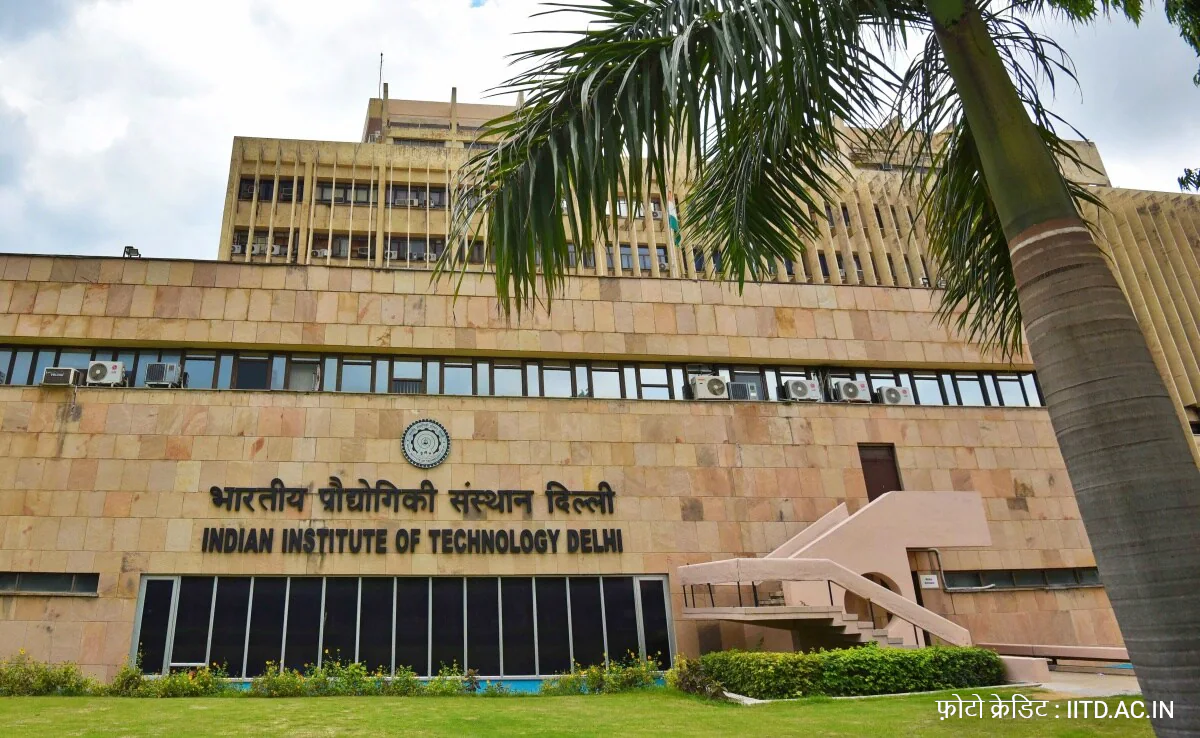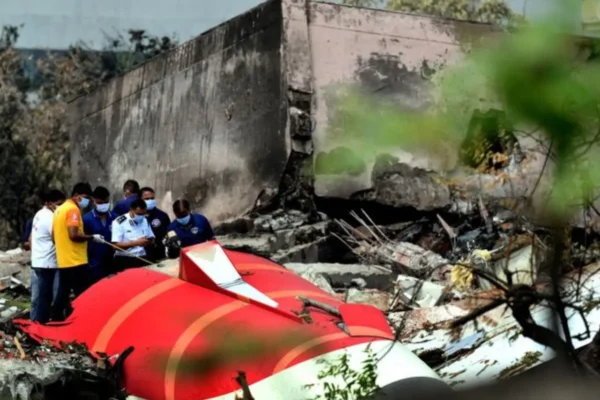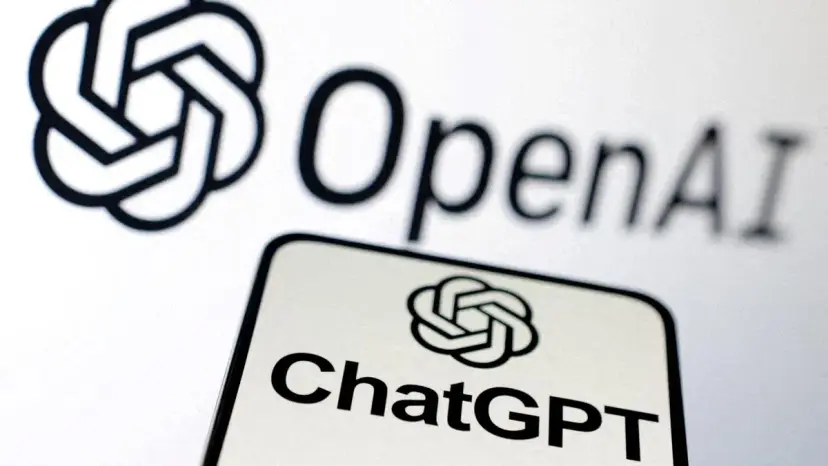

Tragedy at Harappan Site: 23 yrs old IIT-Delhi PhD student dies in the pit collapse.
IIT-Delhi PhD student faces a tragic incident that has emerged on Wednesday at the Harappan site of Lothal, Gujarat where a 23-year-old PhD student, Surabhi Verma from IIT Delhi, has lost her life. This tragic incident was from a research trip undertaken on paleoclimatology while she is buried alive as her professor, Dr Yama Dixit who went along, is rescued in serious condition.
The research team, which included members from IIT-Delhi and IIT-Gandhinagar, was carrying out its research outside the periphery of the main archaeological site of Lothal, a site of great importance in the ancient Indus Valley Civilization. The article explores the events that led to the incident, the circumstances surrounding the mishap, and the implications it has for research practices at sensitive archaeological sites.
The Incident of IIT-Delhi PhD student: A Pit Collapse That Claimed a Life
On November 27, 2024, a four-member team of researchers reached Lothal, about 70 km from Ahmedabad, to study paleoclimatology. The work included digging a pit near the site to collect soil and other samples that may shed light on ancient climatic patterns.
Tragedy struck around 11 am when the pit unexpectedly collapsed, burying Surabhi Verma and her professor, Dr. Yama Dixit, under the loose soil. The collapse happened outside the boundaries of the main protected archaeological site, near old and dilapidated guesthouses.
Village witnesses noticed the accident and alert local authority. Despite its having located the nearest police station around 20 km from it and found Koth, it also received response within 15 minutes of a call made upon occurring an accident.
It miraculously could save Dr Dixit brought her out alive; meanwhile she remained very fragile. “After getting initially admitted in AHs affiliated CHC–Bagodara at Ahmedabad due to short difficulty of breath and less saturated oxygen saturation, the Patient continued further.“.
Unfortunately, Surabhi Verma could not be rescued. Her dead body was recovered and shifted to the CHC Bagodara for postmortem on the same night.
Who Were the Researchers?
The researchers were two people from IIT-Delhi, and two from IIT-Gandhinagar. Surabhi Verma was a PhD student working on a research project under the direction of Assistant Professor Dr Dixit in the Centre for Atmospheric Sciences of IIT Delhi.
The other two members, Associate Professor VN Prabhakar and Senior Research Fellow Shikha Rai, were from the Archaeological Sciences Centre at IIT-Gandhinagar. They were reportedly present at the site during the accident but were unharmed.
Preliminary Investigations of IIT-Delhi PhD student:
Loose Soil and Rising Water
Police and the local authority have identified loosen soil and the surging underground water as the most probable cause of the collapse. Sub-inspector P.N. Gohil of the Koth police station said that the researchers have hired an excavator to dig the pit. However, poor excavation strategy and precarious conditions of soil had led the accident.
The exercise has taken place outside the notified main Lothal archaeological area which is under the control of ASI. Preliminary reports indicate that the team probably does not have the clear permissions to dig in that area.
Lack of Appointed Archaeologists and Permissions
A major concern raised by authorities is the lack of expertise and proper authorization. According to police and ASI officials, no professional archaeologists were present when the excavation was carried out. This raises questions about whether the researchers had the requisite knowledge and skills for conducting such work in a delicate and historically significant area.
The Superintendent of Police, Rural Ahmedabad, Om Prakash Jat confirmed that an AD report had been filed. The Vadodara Circle of ASI has sent a team to investigate the incident with focus on whether proper permissions were obtained and if the methodology was appropriate.
Dr. Abhijit Ambekar, Superintending Archaeologist of ASI Vadodara Circle, said that the detailed inquiry would reveal whether excavation was sanctioned and by whom, if it was sanctioned. The preliminary findings are that perhaps the team has avoided proper procedures for excavation in the prohibited zone.
Lothal: A Historic Treasure at Risk
One of the most prominent archaeological sites for the ancient Indus Valley Civilization, Lothal is renowned for advanced planning in its urbanity and is credited with a dockyard, apart from its bead-making industry. The site holds vast historical and cultural significance; it is, therefore, listed under the ASI protected sites.
Excavations in such areas demand careful planning and conformance to tight protocols so that the researchers are protected and the cultural artifacts preserved. This incident points out the necessity of having trained people and proper permission before any excavation work is started.
Impact on Academic Community of IIT-Delhi:
The sudden loss of young promising researcher Surabhi Verma spread shock waves in the academic circle. The tragic death also again reminds one of the risks involved during fieldwork, especially in dangerous or uncontrolled circumstances.
Dr. Dixit is under treatment in the hospital; it is a renowned figure in the archaeology world, and safety measures at the site seem to have been grossly disregarded during the said journey. The lack of professionals or even permission suggests an apparent lack of supervision for carrying out research in such a sensitive location.
Lessons to be Learned While Going Forward
This incident is a sobering reminder of the risks involved in academic research, particularly at heritage sites. It underscores the need for:
- Proper Authorization: Researchers must obtain permissions from relevant authorities before conducting any excavation.
- Trained Personnel: Fieldwork at archaeological sites should involve experienced archaeologists who understand the terrain and risks.
- Safety Measures: Adequate precautions, including structural reinforcements for pits and the presence of emergency response plans, must be mandatory.
- Accountability: The institutions should ensure that the teams performing such research are ethically and legally adherent.
Conclusion
The tragic events that befell Lothal have darkened what should have been an enriching academic pursuit. Surabhi Verma‘s untimely death has cast shadows over the family of a young researcher and her colleagues in the research community, asking for introspection into a tragedy that could be the last of its kind to occur if the lapses in safety and protocols were addressed.





